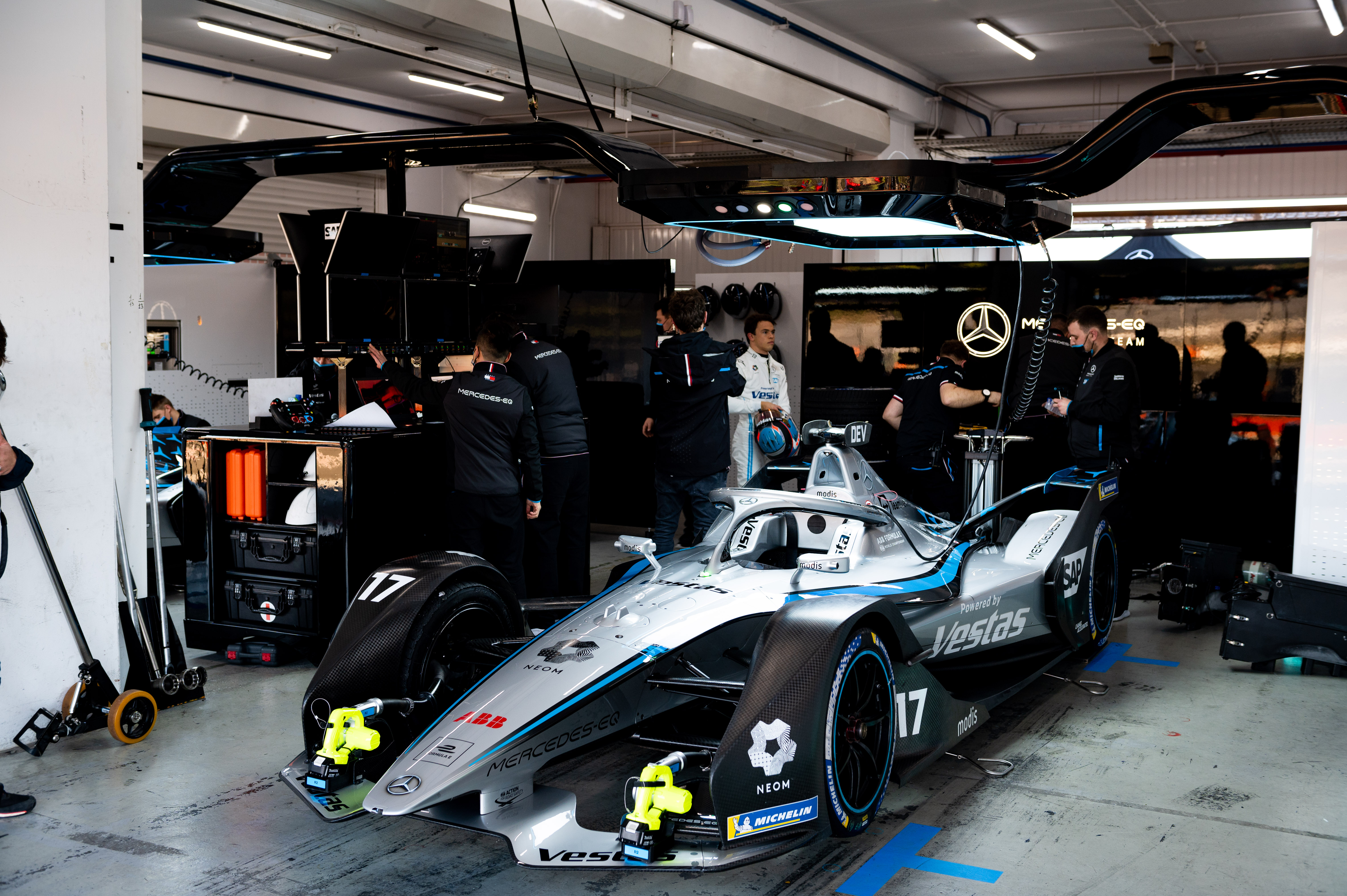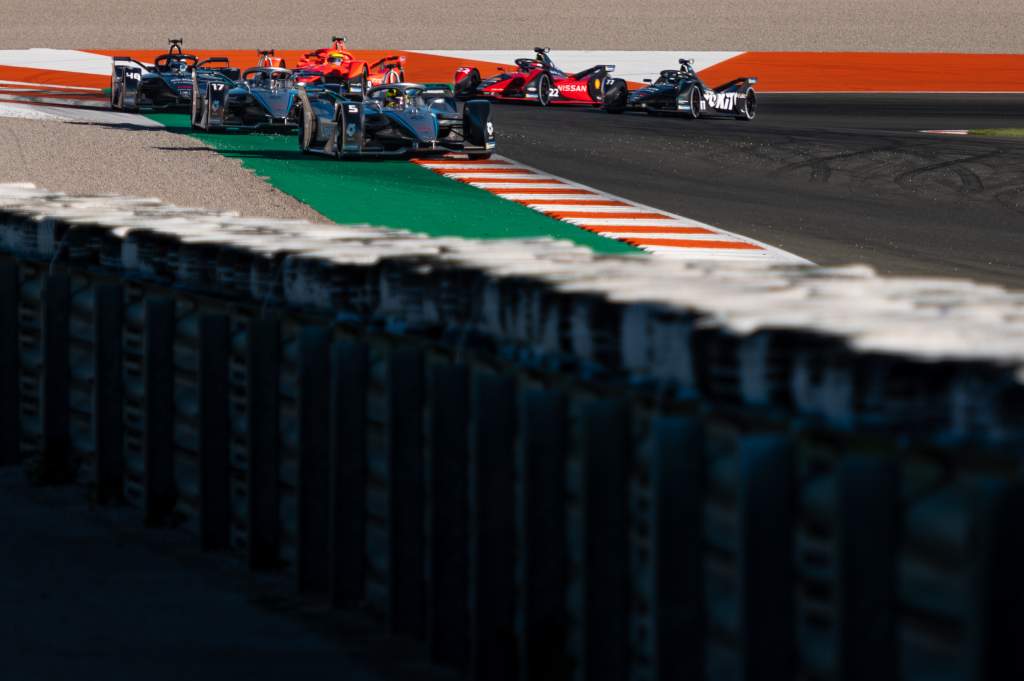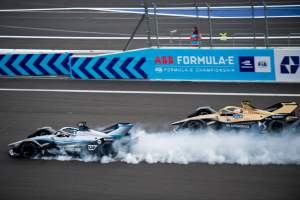Details of the financial cost-cap for future Formula E seasons were ratified at the FIA world motorsport council this week.
While the regulations will come into being from October 2022, aligning with the championship’s technical and sporting regulations as it goes into its Gen3 era, the teams’ cost cap will have a soft monitoring launch for the coming 2022 campaign.
Two sets of financial regulations will be formed, one for Formula E teams and another for its manufacturers.
The budgets for 2023 and 2024, the first homologation period for the Gen3 cars, will be set at €13million per season. This includes what are described as “certain transitional exclusions to address existing contractual commitments”.
From the 2025 season the spending level will increase to €15m per season inclusive of driver salaries and “other costs associated with the second phase of the Gen3 car”.
The Race reported this week that a Gen3 ‘Evo’ design is already being discussed for introduction in 2025.

The regulations will be enforced via the FIA’s Cost Cap Administration, which will monitor compliance, investigate instances of suspected non-compliance, and update regulatory documentation.
In October and November next year, Formula E teams will be able to voluntarily submit 2022 documentation to acclimatise to the new regulations.
The plans for a cost cap stretch back to the immediate pre-pandemic period in the fourth quarter of 2019 when current Formula E CEO Jamie Reigle replaced outgoing CEO and series founder Alejandro Agag.
That season Mercedes officially joined the championship as a manufacturer and was believed, along with Porsche, to be operating on the highest budget in the series.
Unverified estimates within Formula E have speculated that the higher end budgets last season were in a €55-€65m range, including marketing.
This dwarfed some of the other manufacturers who operated on much lower budgets, the lowest of which The Race understands was in the region of €10m.
Conversely, Mercedes is known to have been one of the key backers of the cost cap plan, both prior to and after its notice of intent to leave the championship as a manufacturer last August.

Speaking to The Race just before the confirmation of the figures this week, Mercedes team principal Ian James said that he was “not only comfortable [with the cap numbers], I’m of the opinion that it’s essential.
“We lobbied a couple of years ago for it to come in because this series needs to be sustainable, it can’t afford to become an arms race.
“We’ve seen how damaging that can be for other series, so I think that the mechanism that’s been put in place is absolutely the right one.”
Addressing the formation of a formal cost-cap for the future of Formula E, Reigle told The Race’s Formula E podcast last month that he and other instigators of the financial regulations focused on balancing innovation with cost regulation.
“When I look at Formula E, we need to be able to push from an innovation standpoint and allow our manufacturers to be able to showcase their best brand presentation through the technology,” he said.
“Now that bumps up against the cost question.
“I think the founding principle of Formula E was sound, which is ‘we’re going to try to avoid cost escalation by avoiding aerodynamics, by avoiding a lot of the typical things that end up costing a lot of money in motorsport’.”
These were initially seen as good intentions only by many in the championship and manufacturers quickly found areas of performance via software tools and extra engineering capabilities through remote centres during races.
The Race revealed last year that some manufacturers were booking hotel suits above the Hong Kong Street circuit in March 2019 to house remote, but on-site engineering cells to add to track support crews.
Additionally, rumours of elaborate bypassing of testing regulations, ersatz traction control systems and increasing spend on additional engineering support away from factories were common topics of discussion in the Formula E paddocks.
“Manufacturers are attracted to the championship, they come in, of course they’re competitive, they’re sportspeople. they want to win,” added Reigle.
“They spend as much money as they can trying to achieve that objective.
“Then when a disconnect happens in the market, in our case, it was COVID, suddenly there’s greater scrutiny on that investment.
“Then you start looking at, ‘OK, what is the return side of things, right? Am I achieving my marketing objectives? Are we racing in the right cities? How big is the audience?’ All those kind of questions.

“In simple terms, you need to marry the tech and the innovation story with financial regulations.
“I’ve been clear about this from when I started.
“It was surprising to me how little that topic was even on the agenda, and this is pre-COVID.”
The Race understands that although the vast majority of manufacturers have backed the proposals, at least one has been critical of them for not going far enough.
The FIA’s Frederic Bertrand commended the joint efforts between FEO and the FIA, saying that they met “all expectations and on the eve of the introduction of the Gen3 car”, and will grant “all stakeholders a clear vision of where the championship is headed, enabling them to plan for the future with confidence.
“The adoption of such measures enables the ABB FIA Formula E World Championship to offer manufacturers the perfect platform for showcasing their technologies at managed and controlled cost levels while increasing the equitability among teams competing at the pinnacle of electric racing.”








